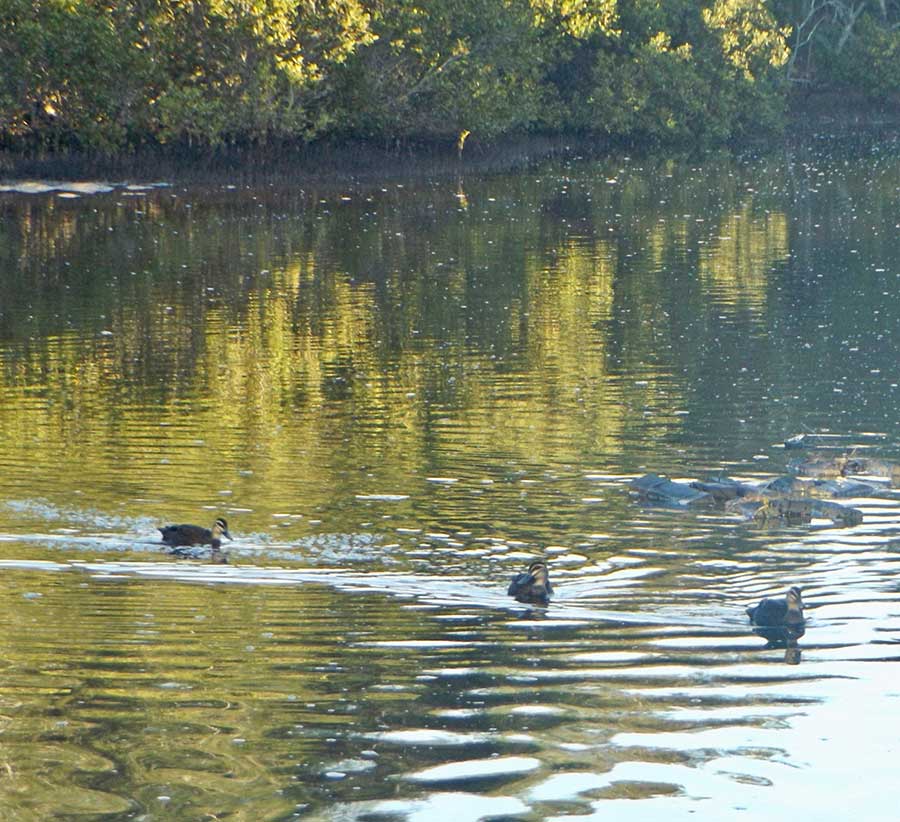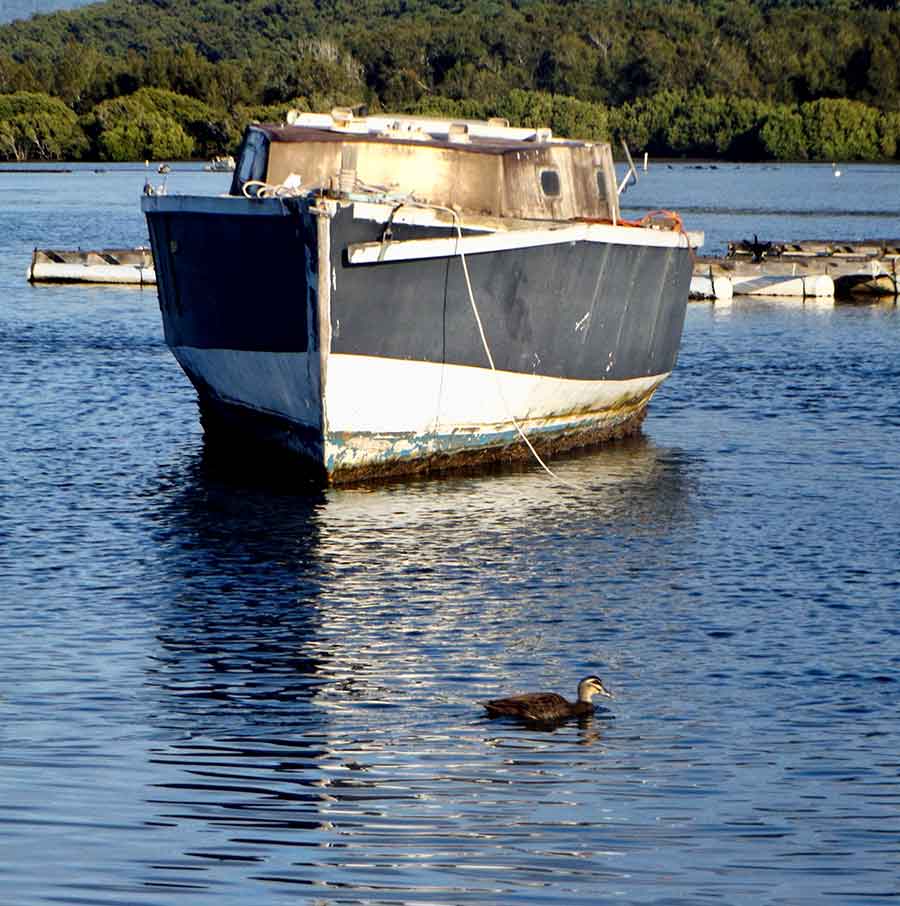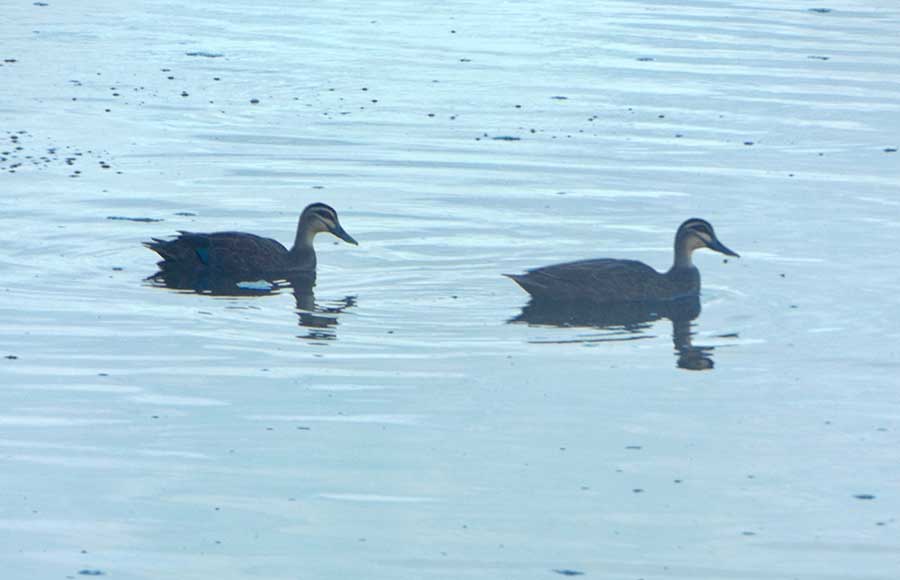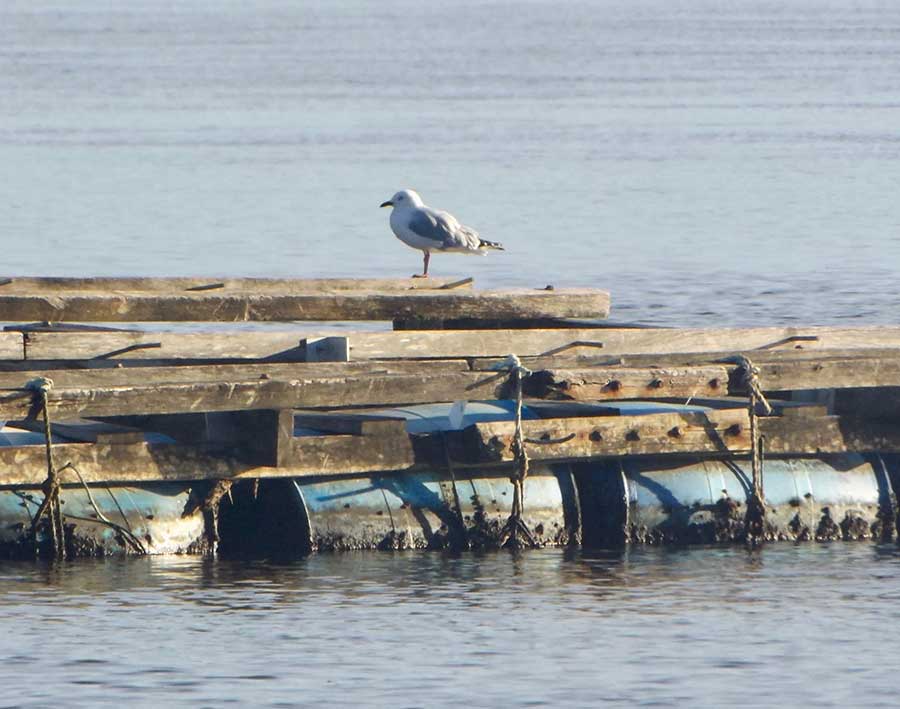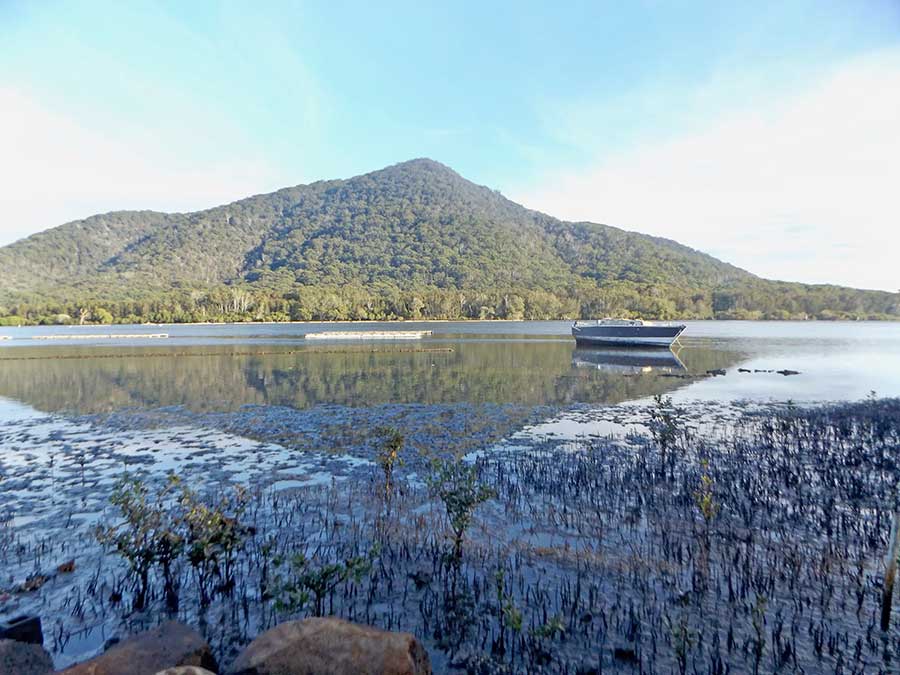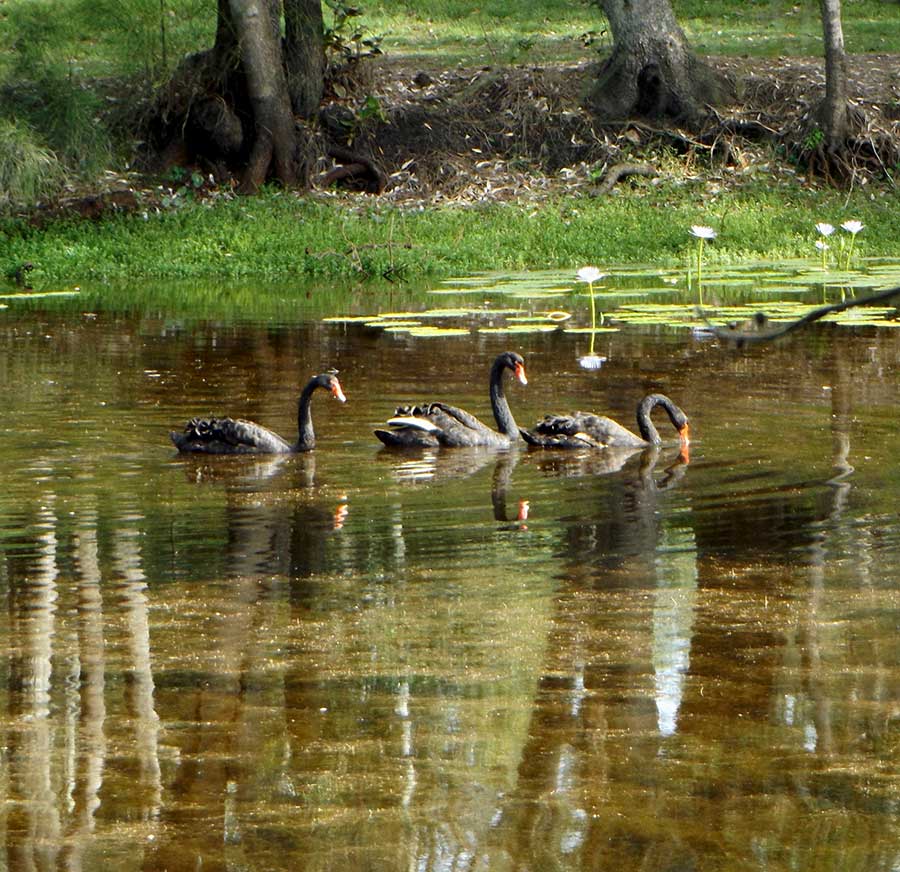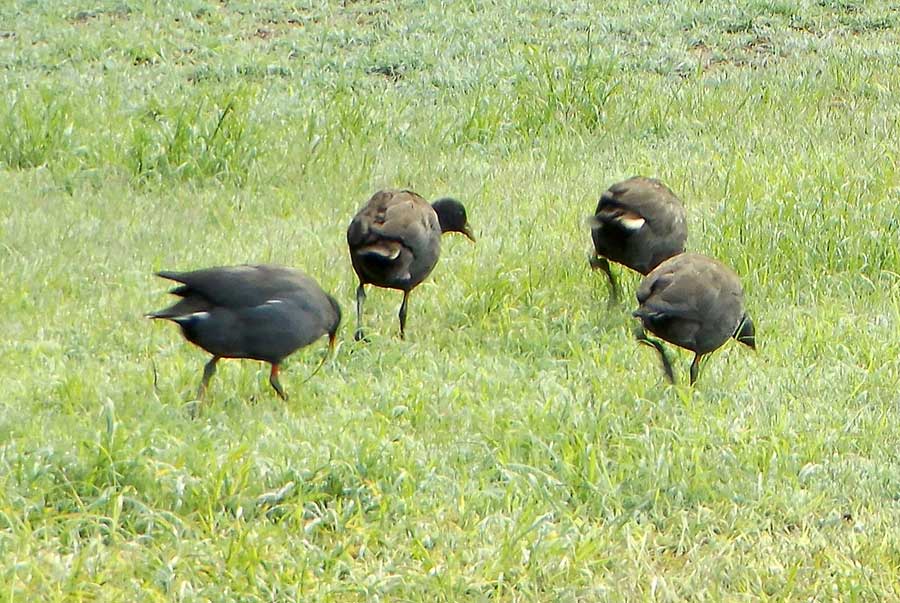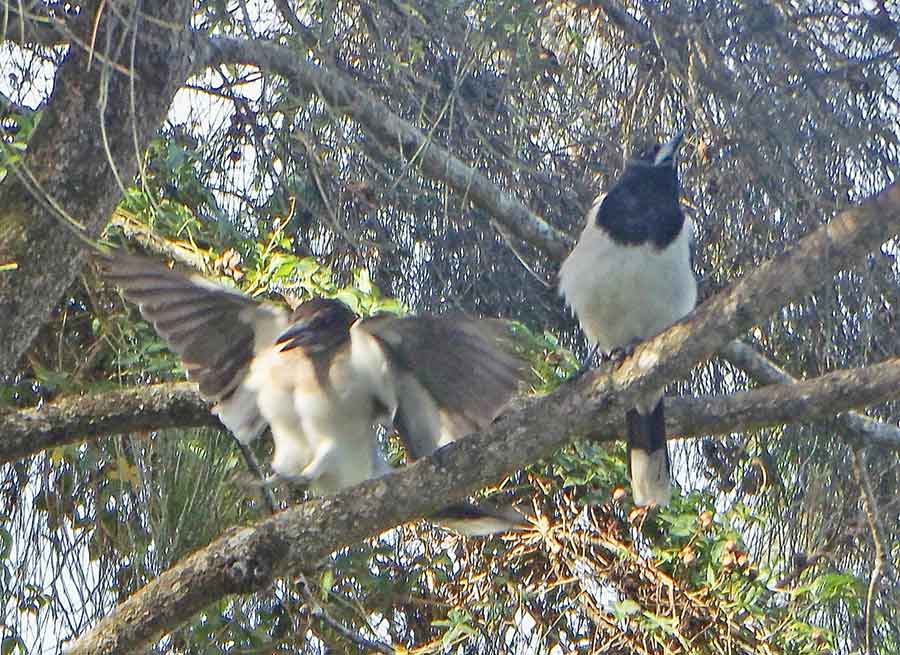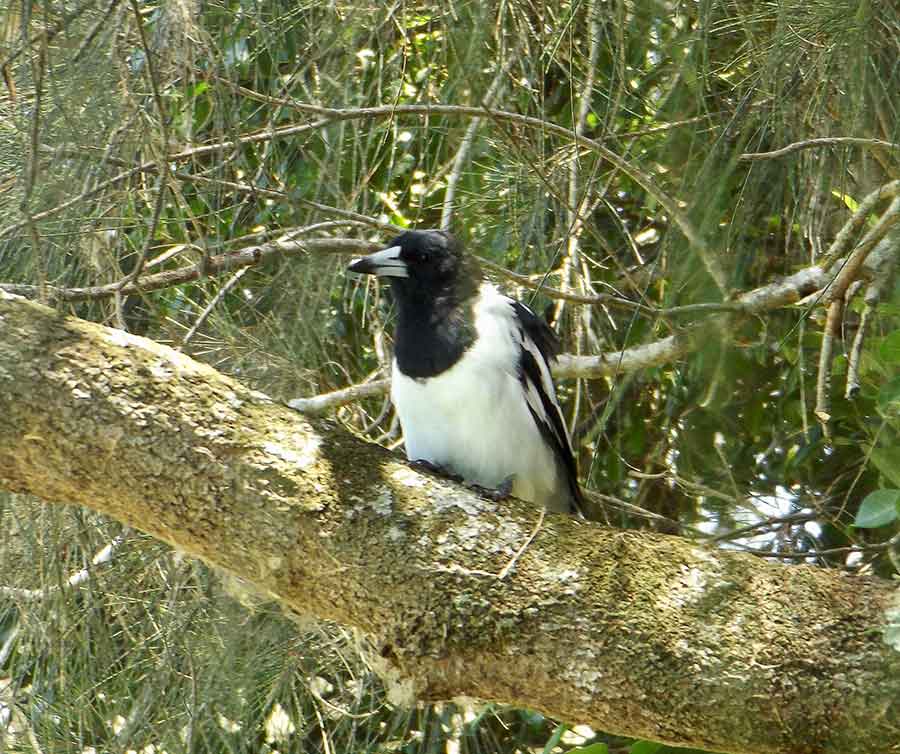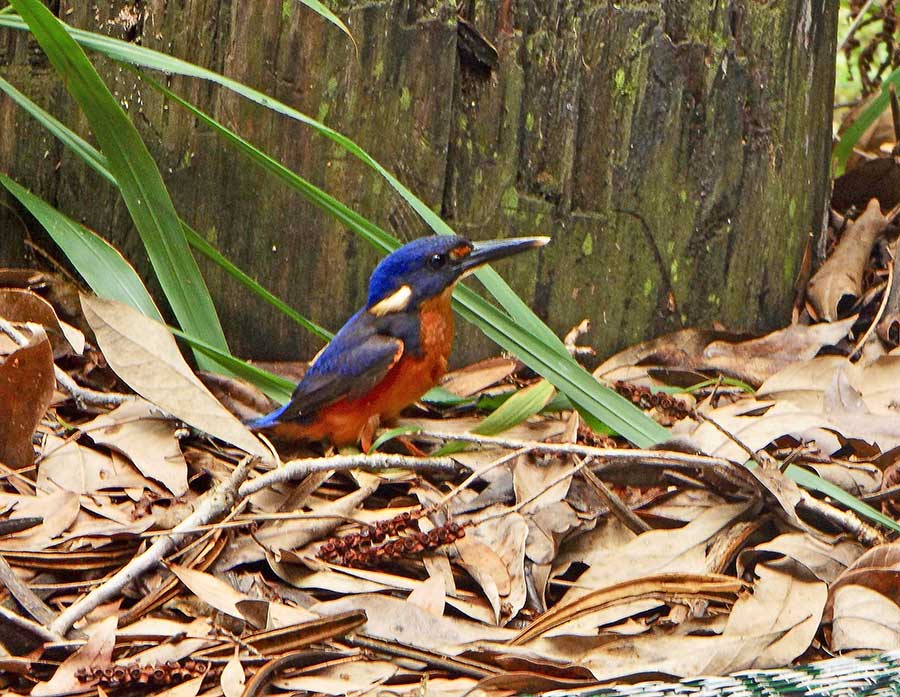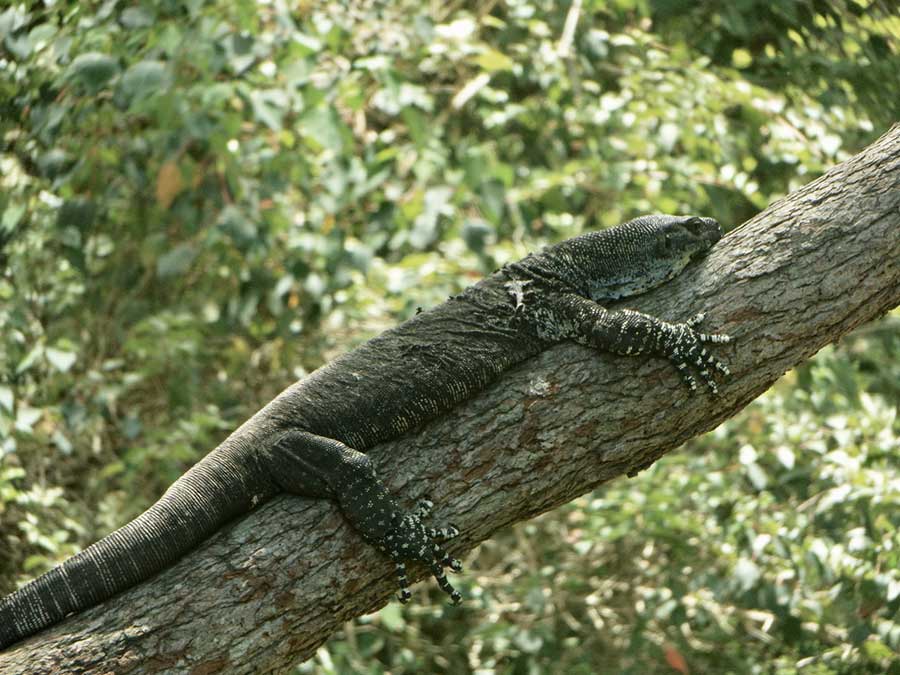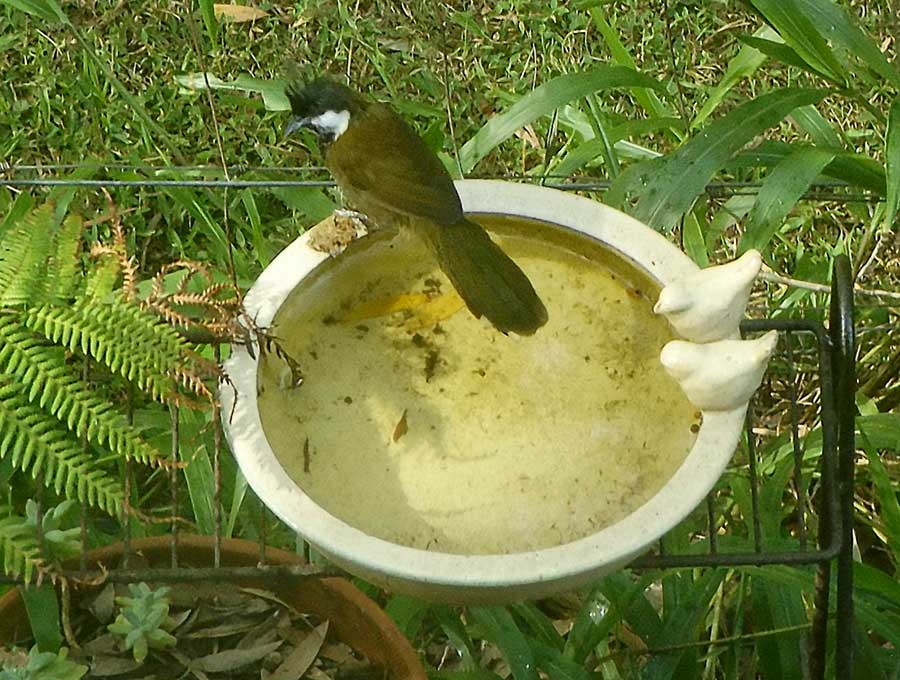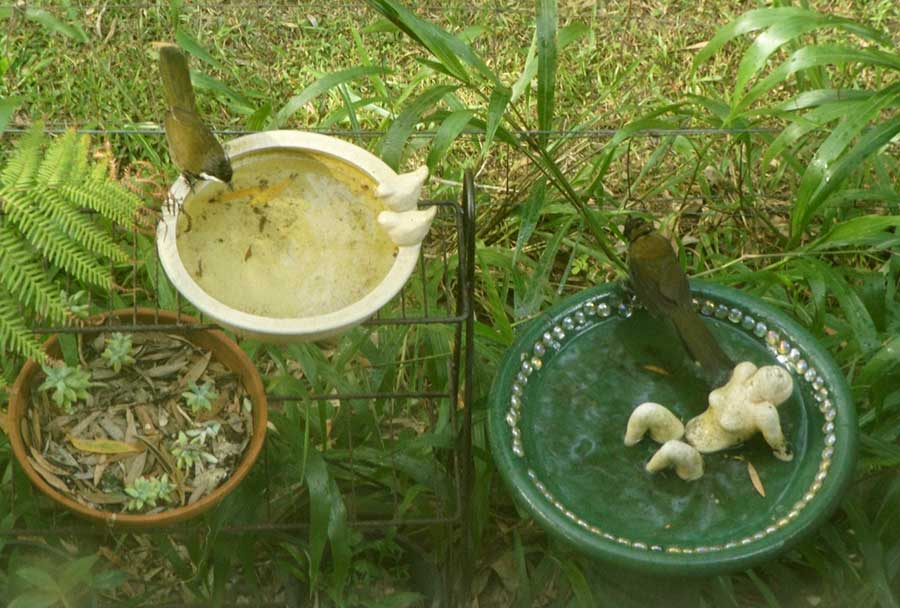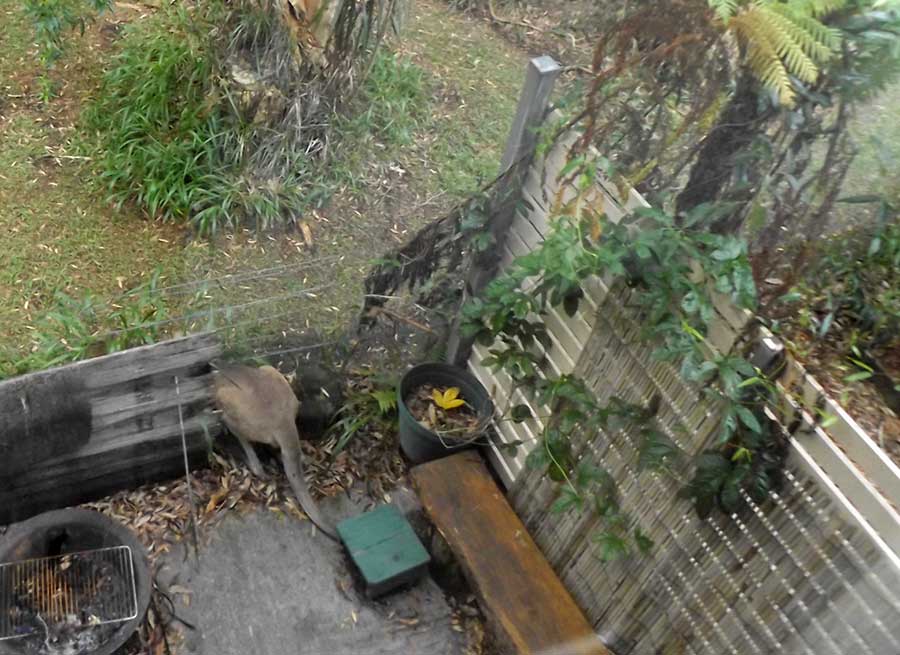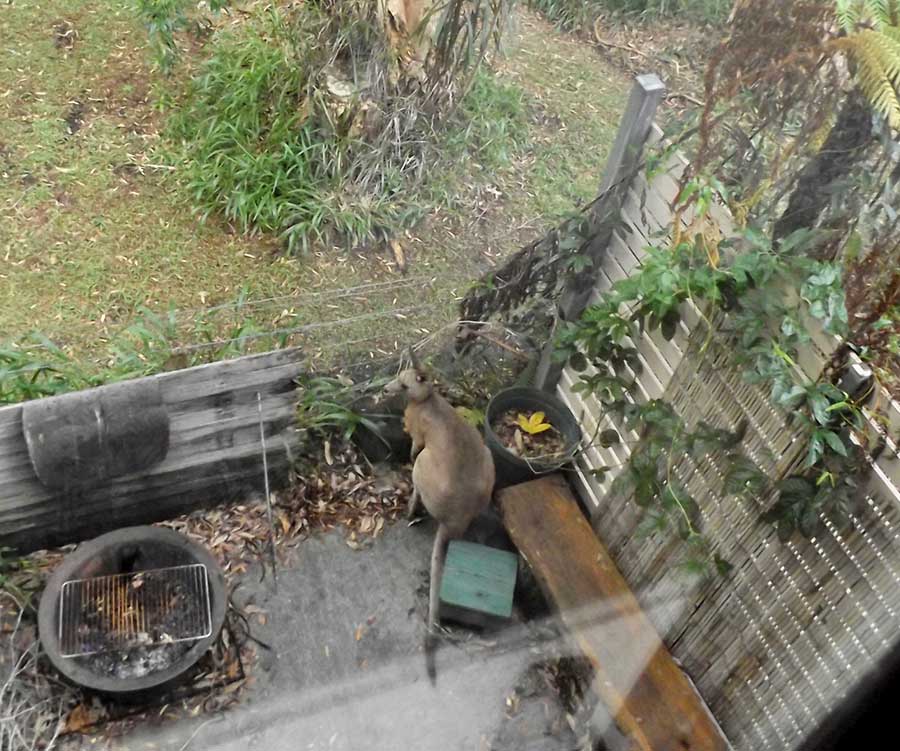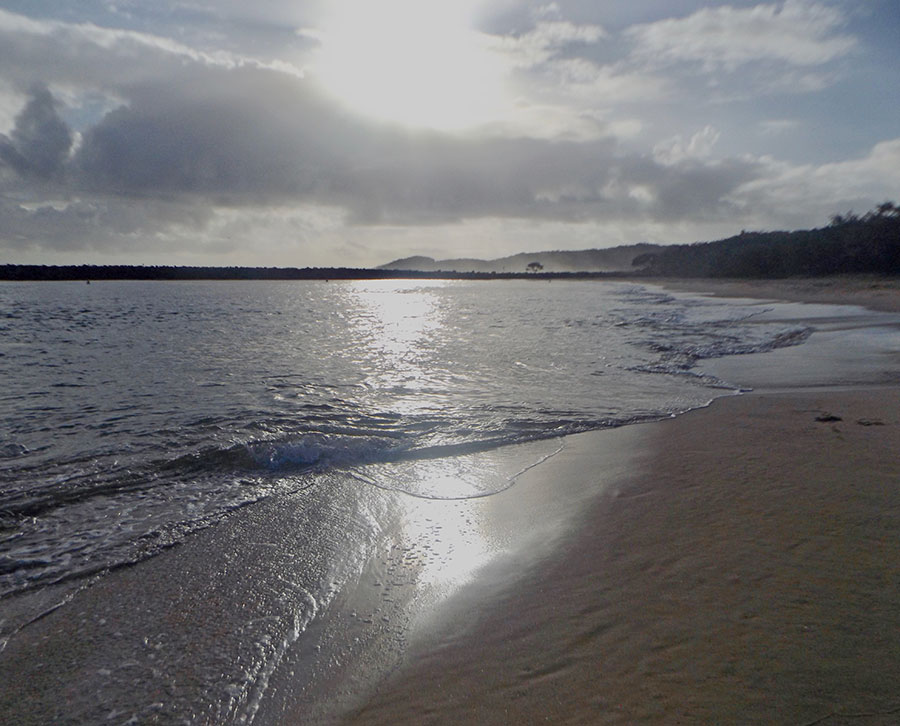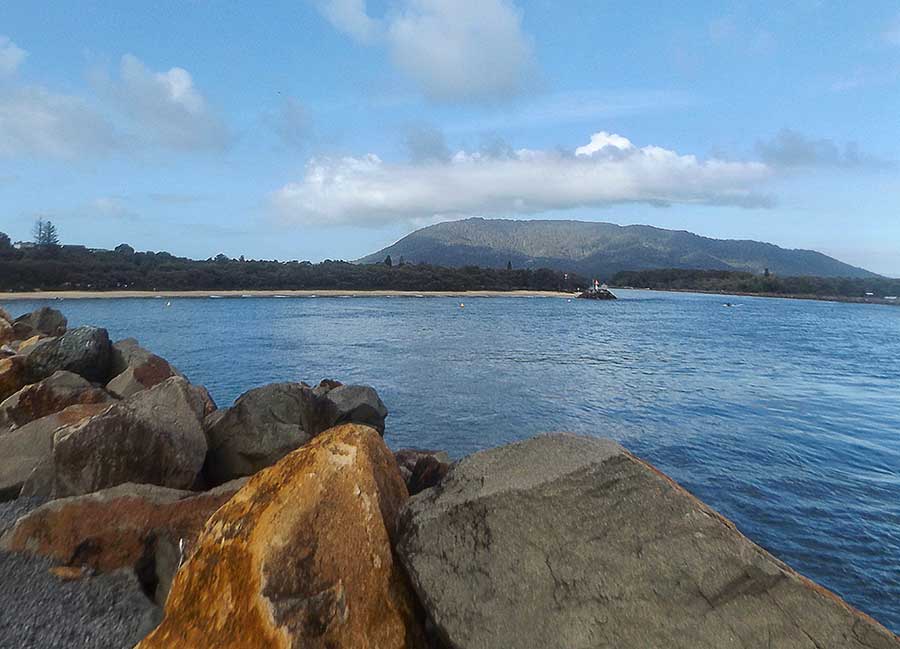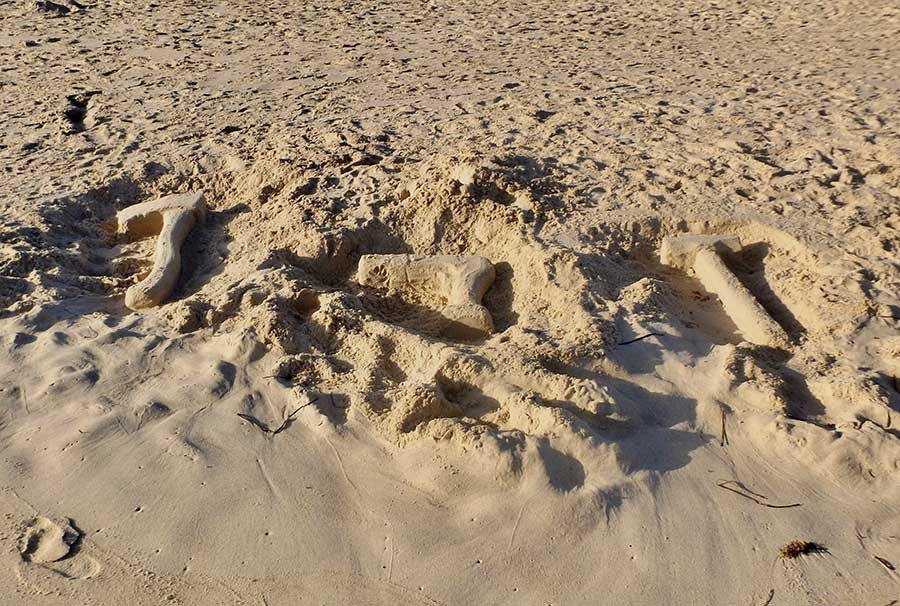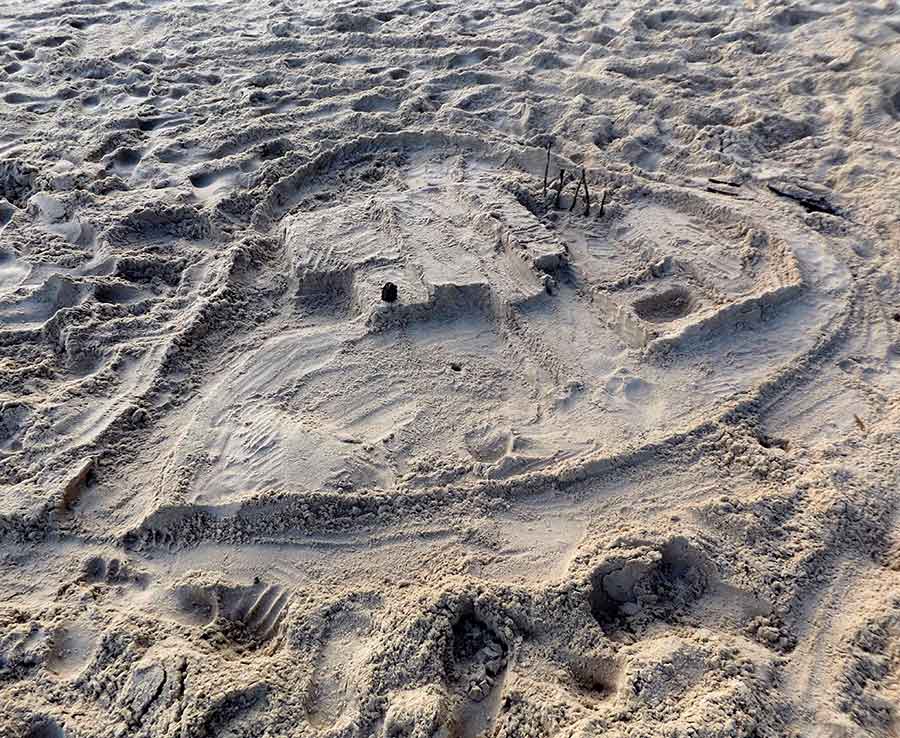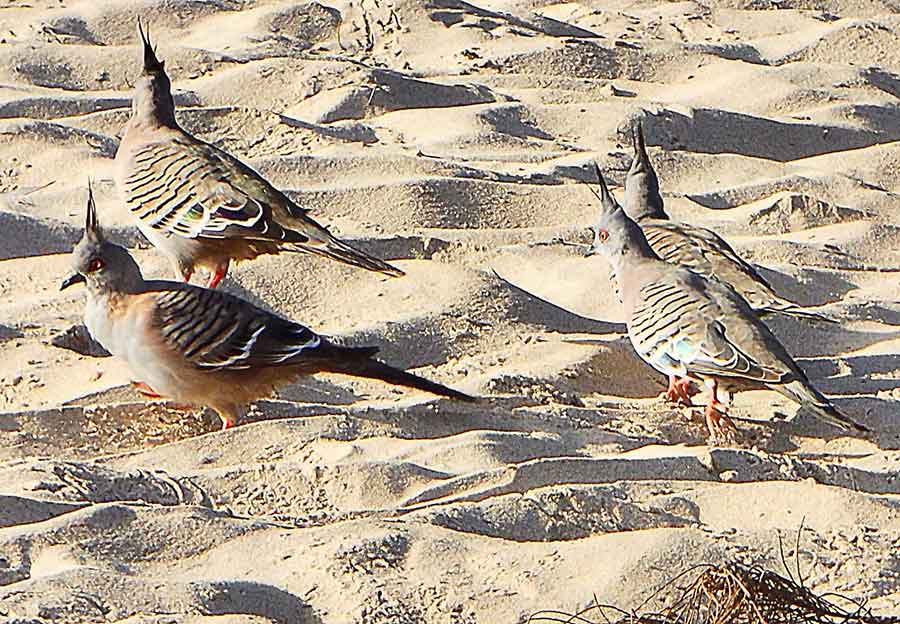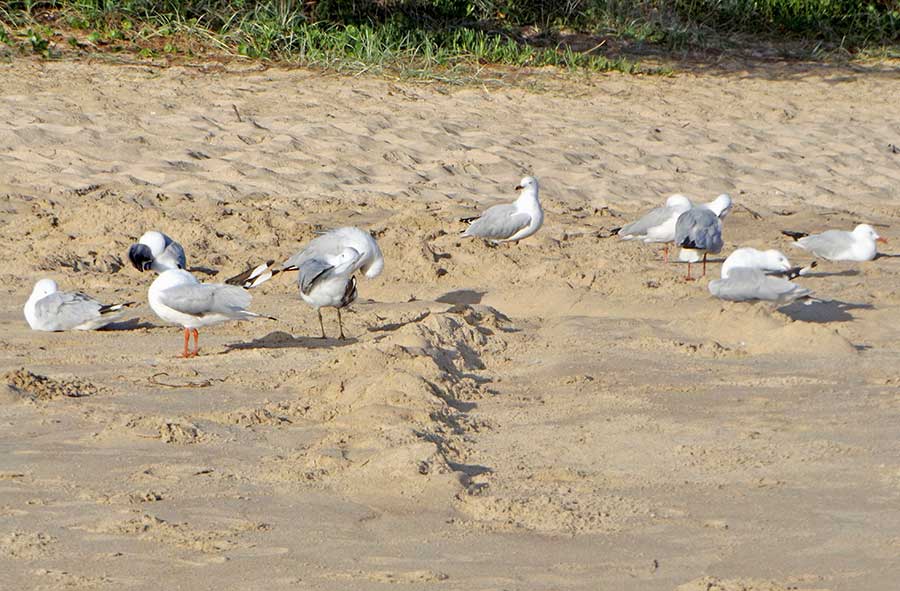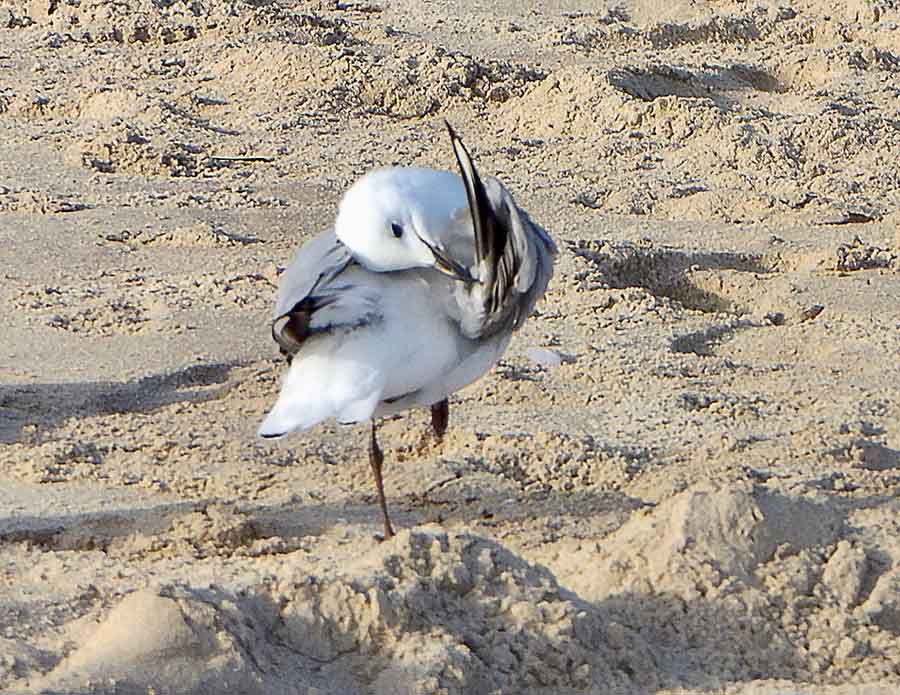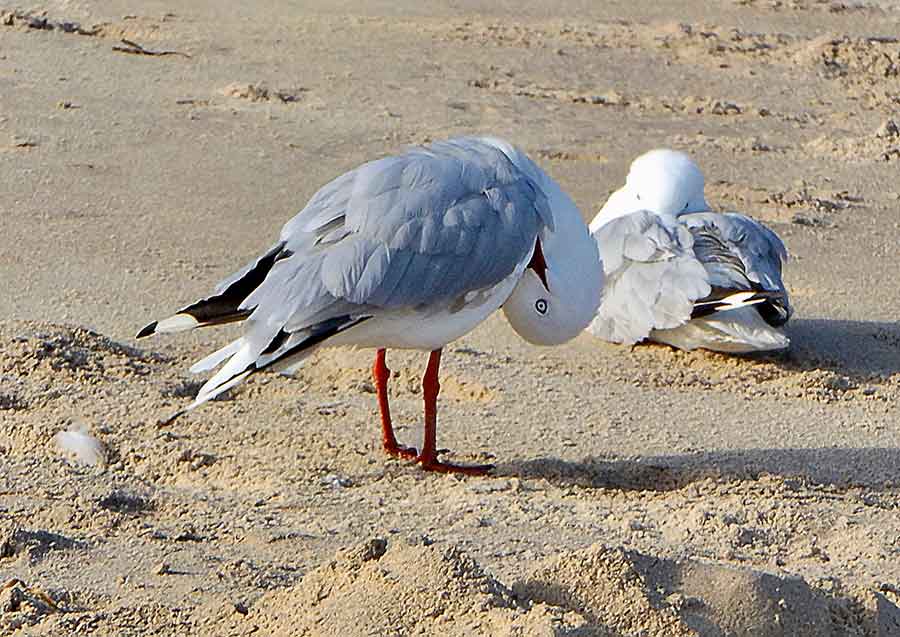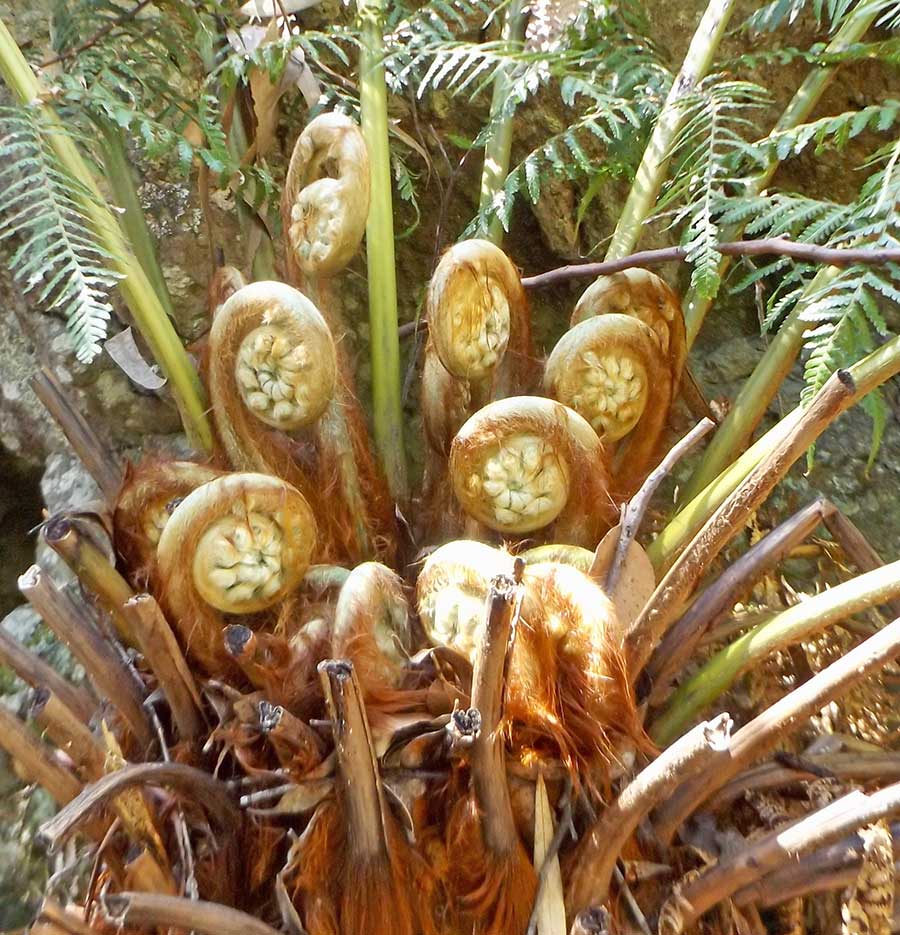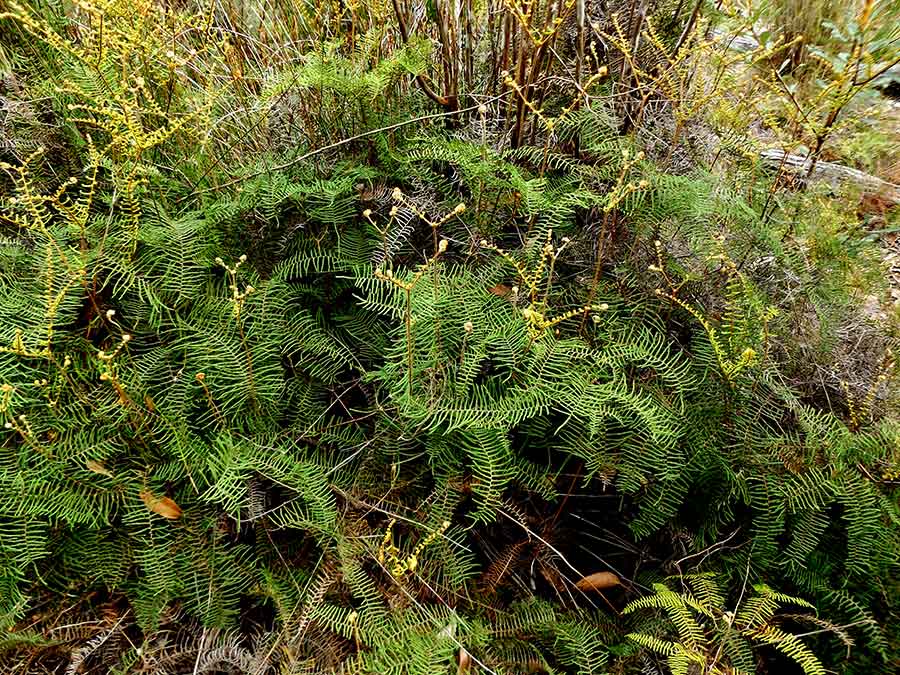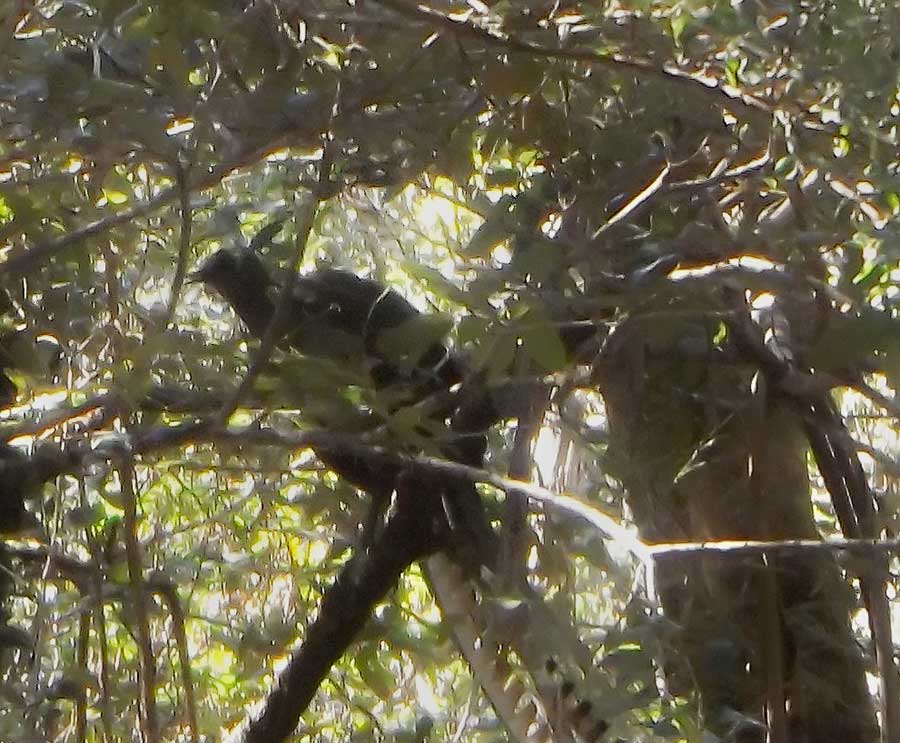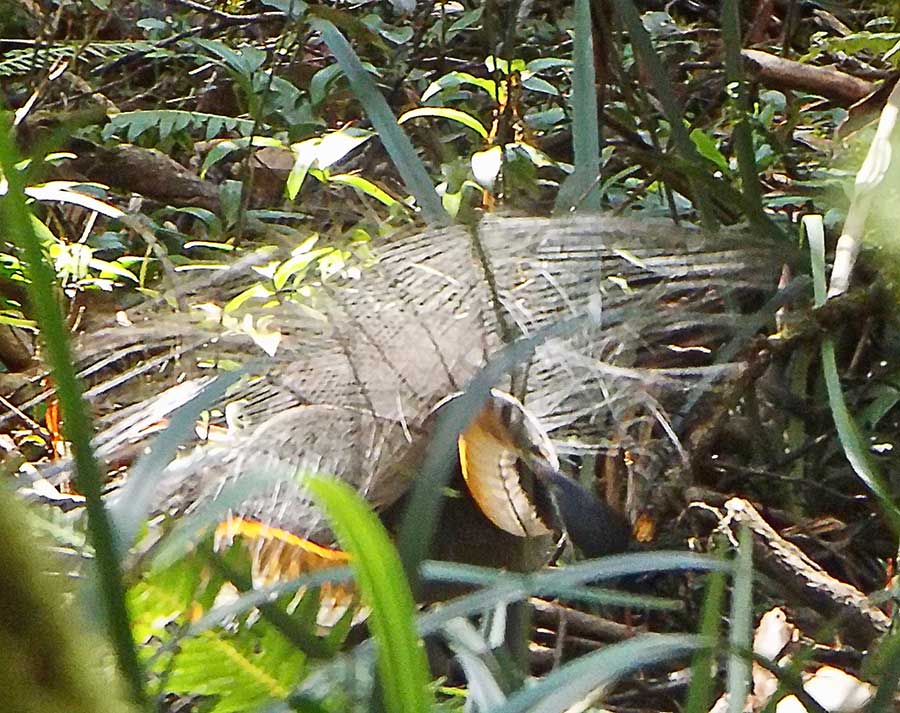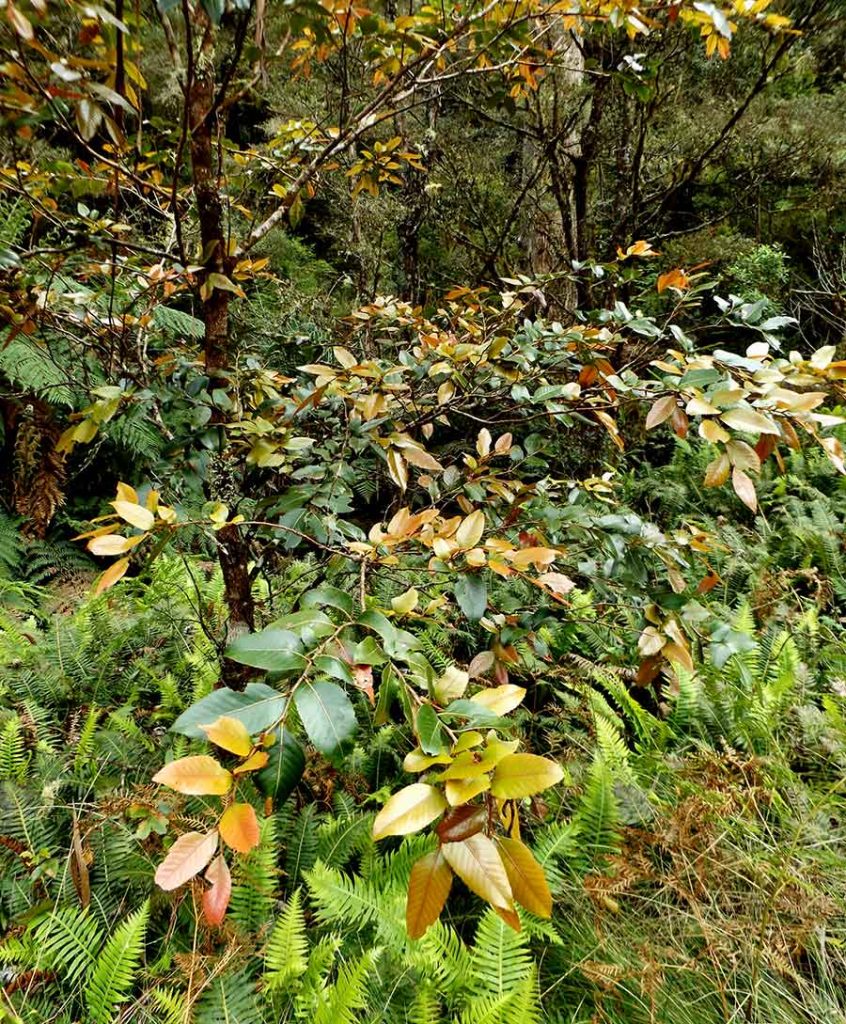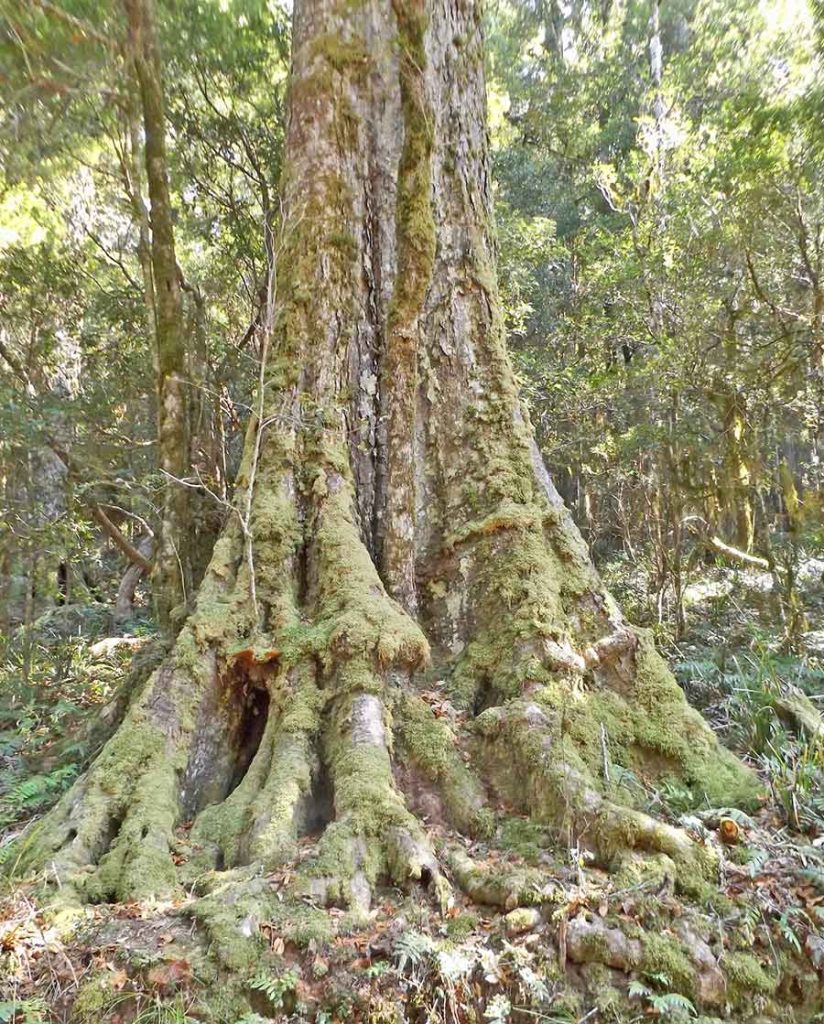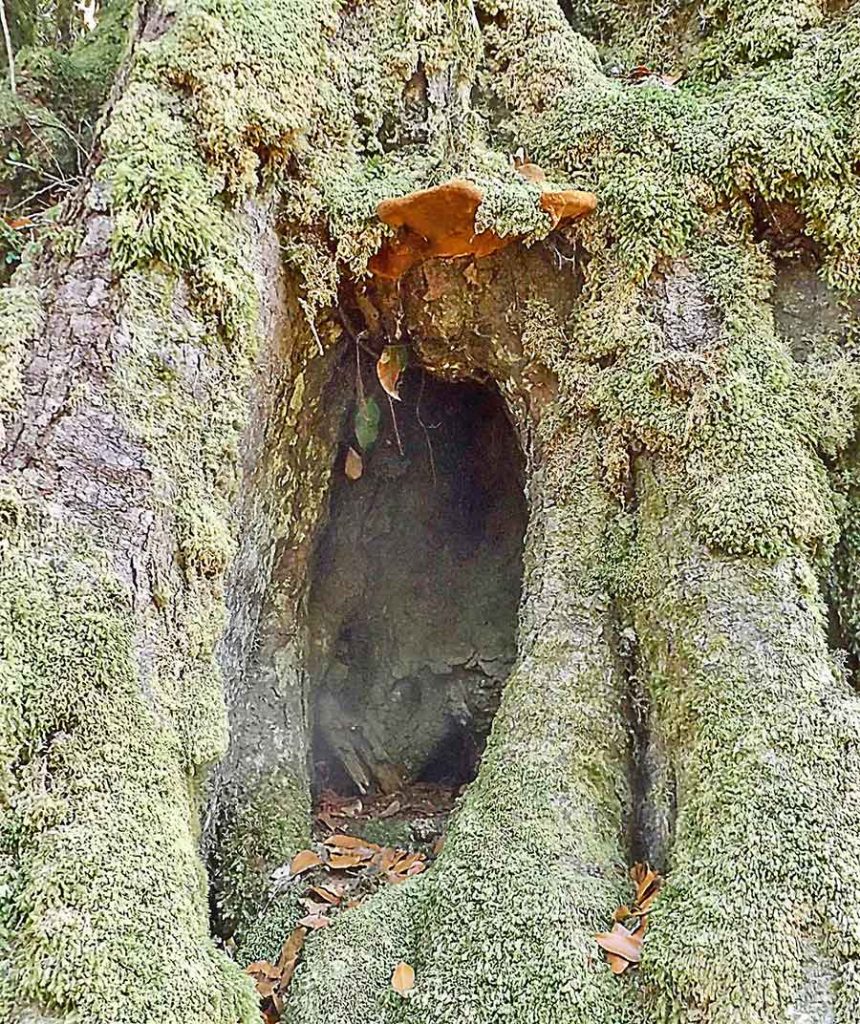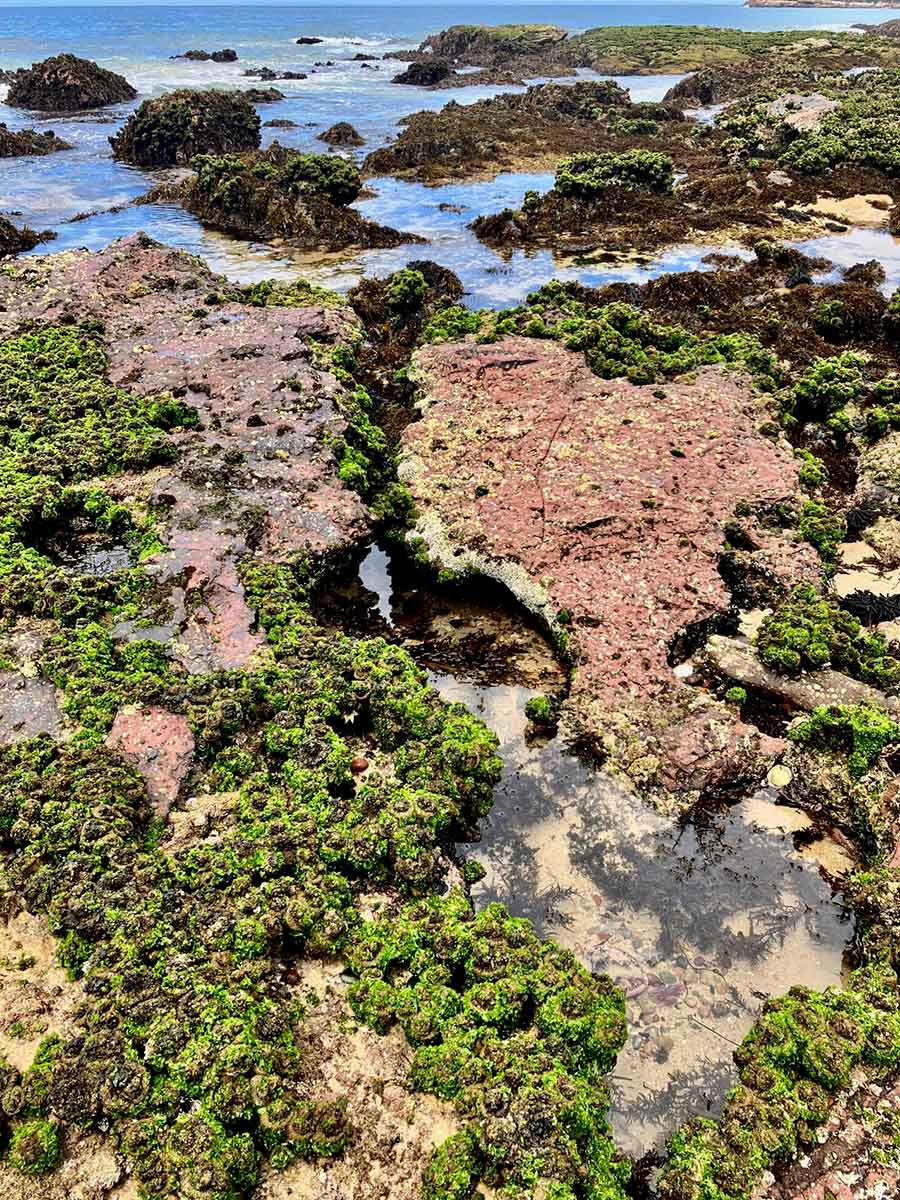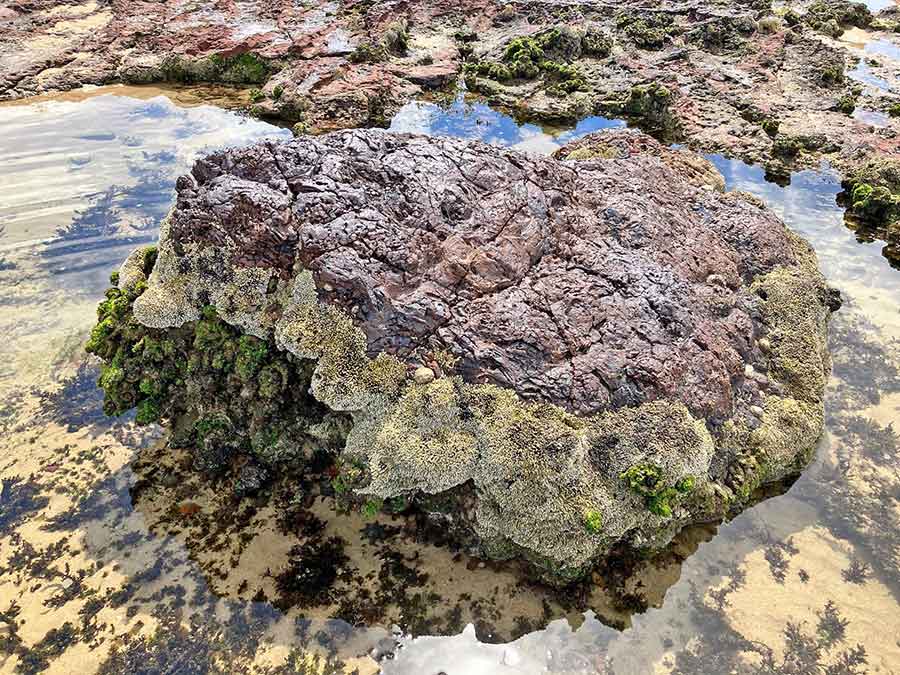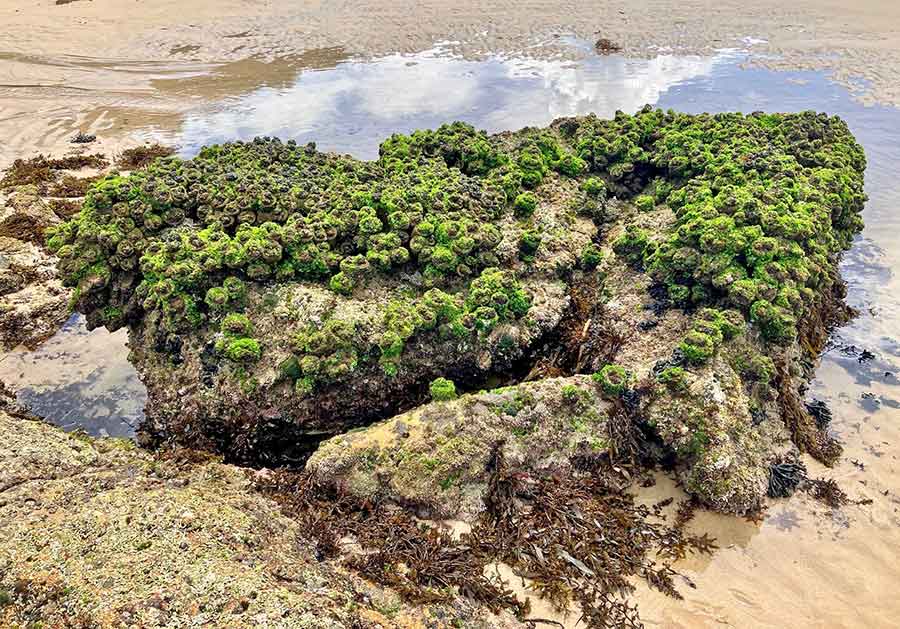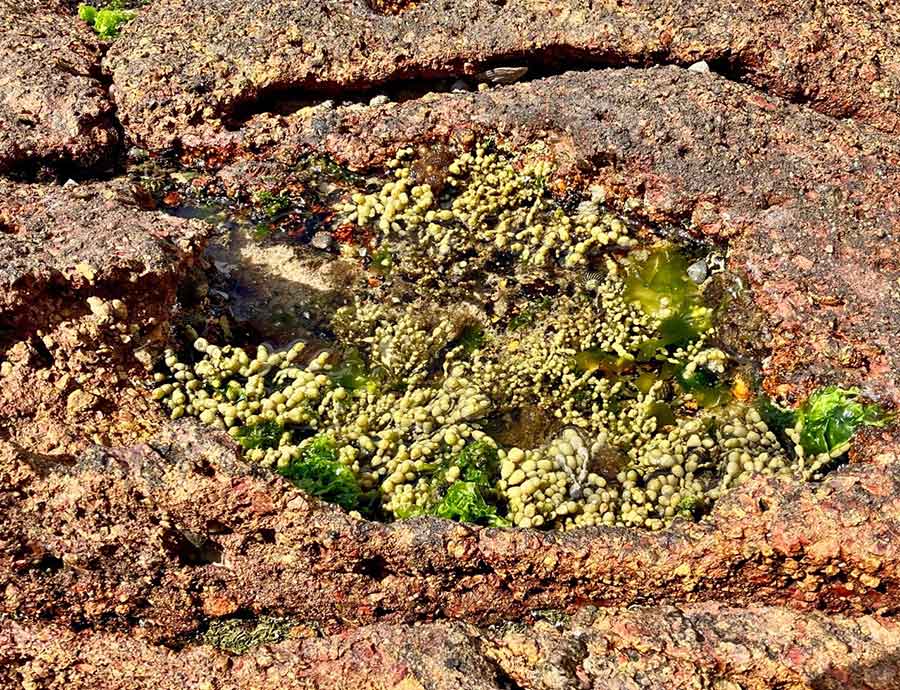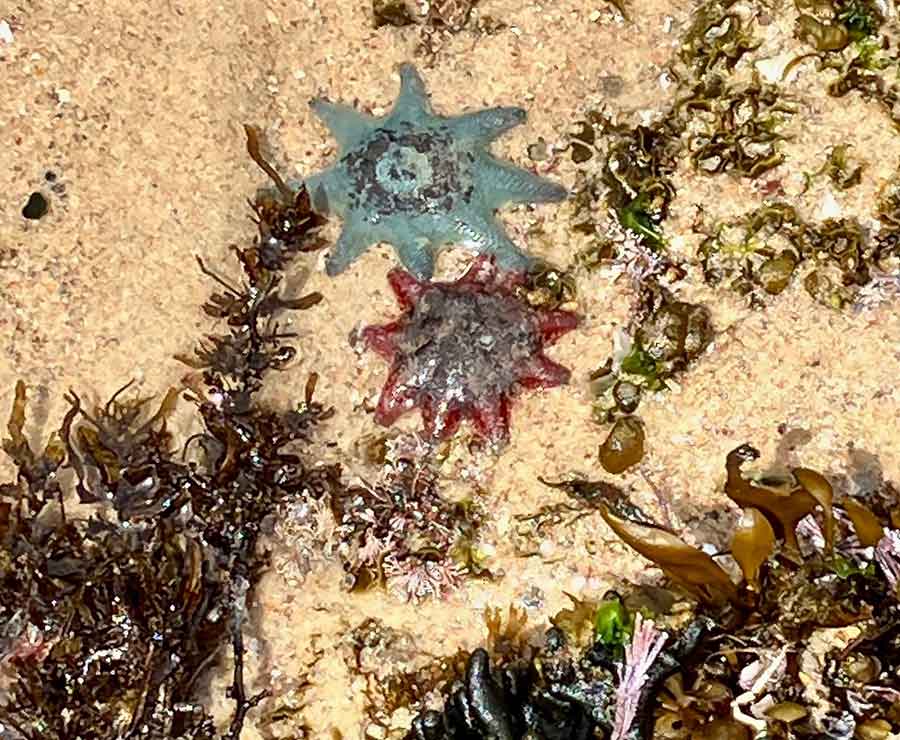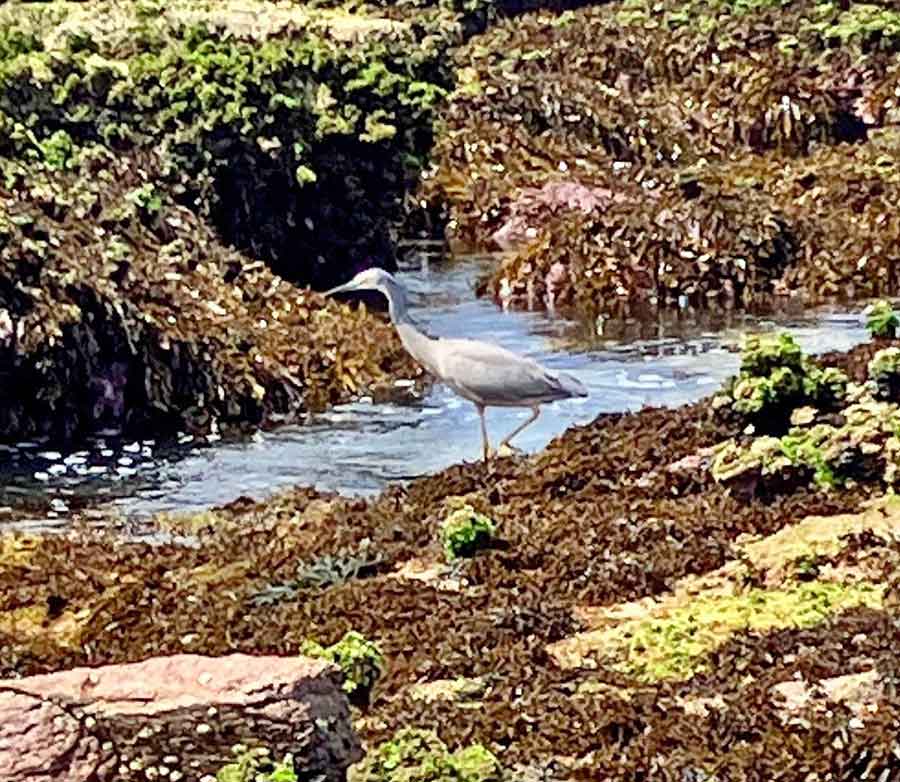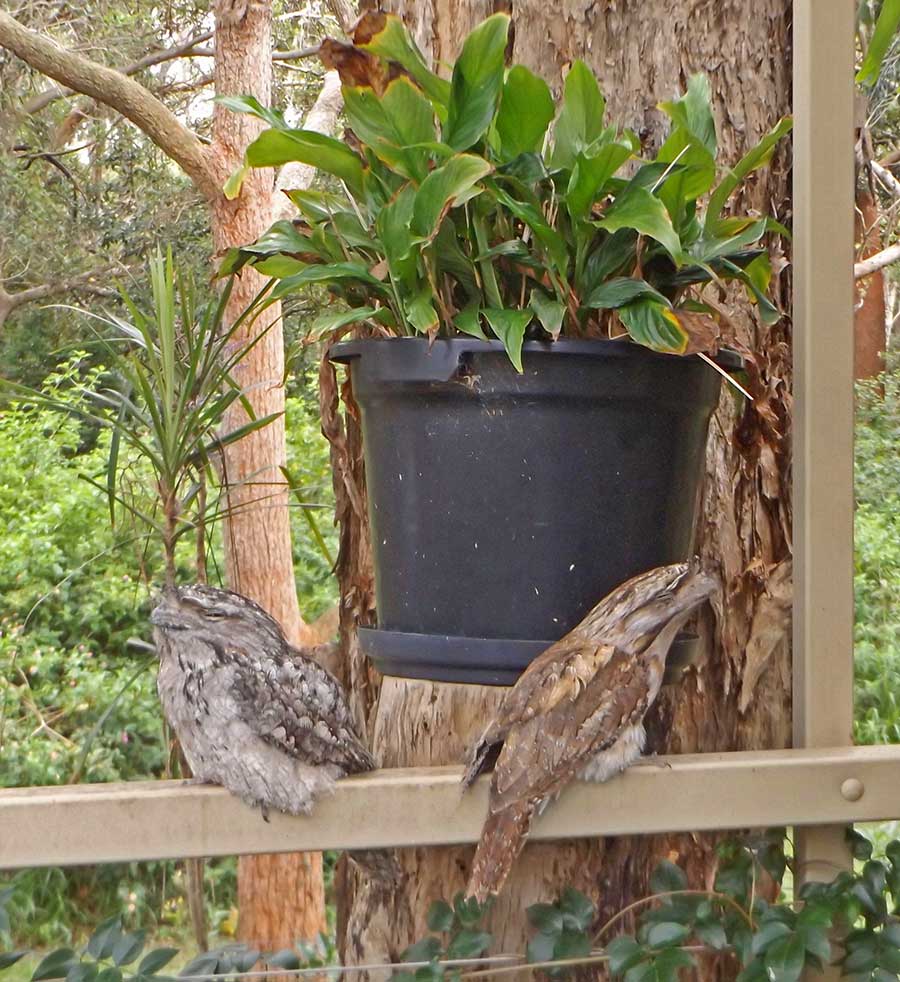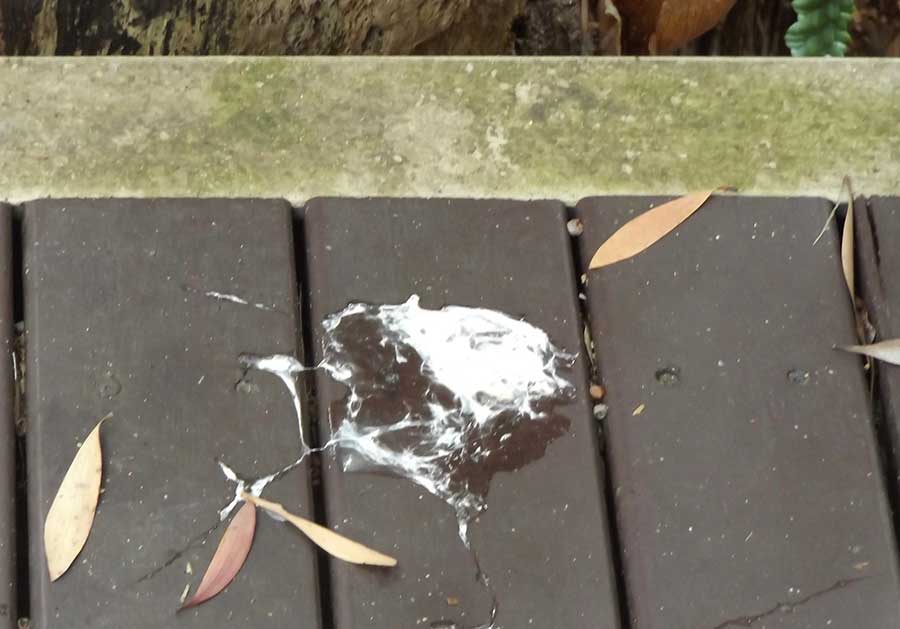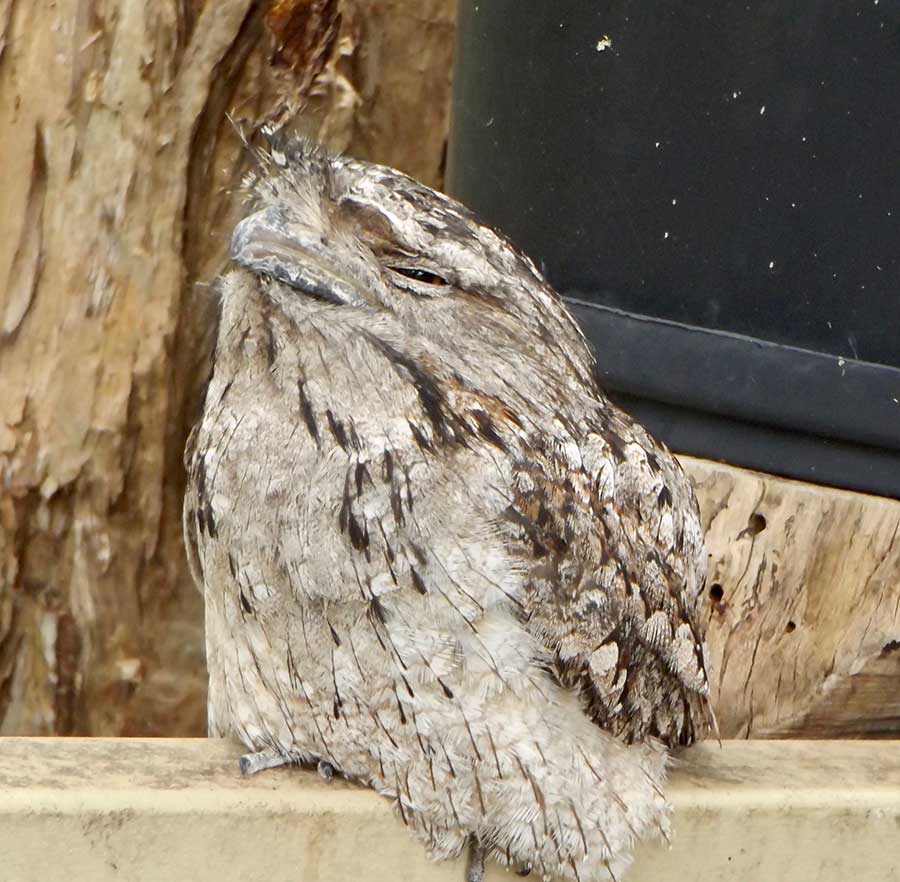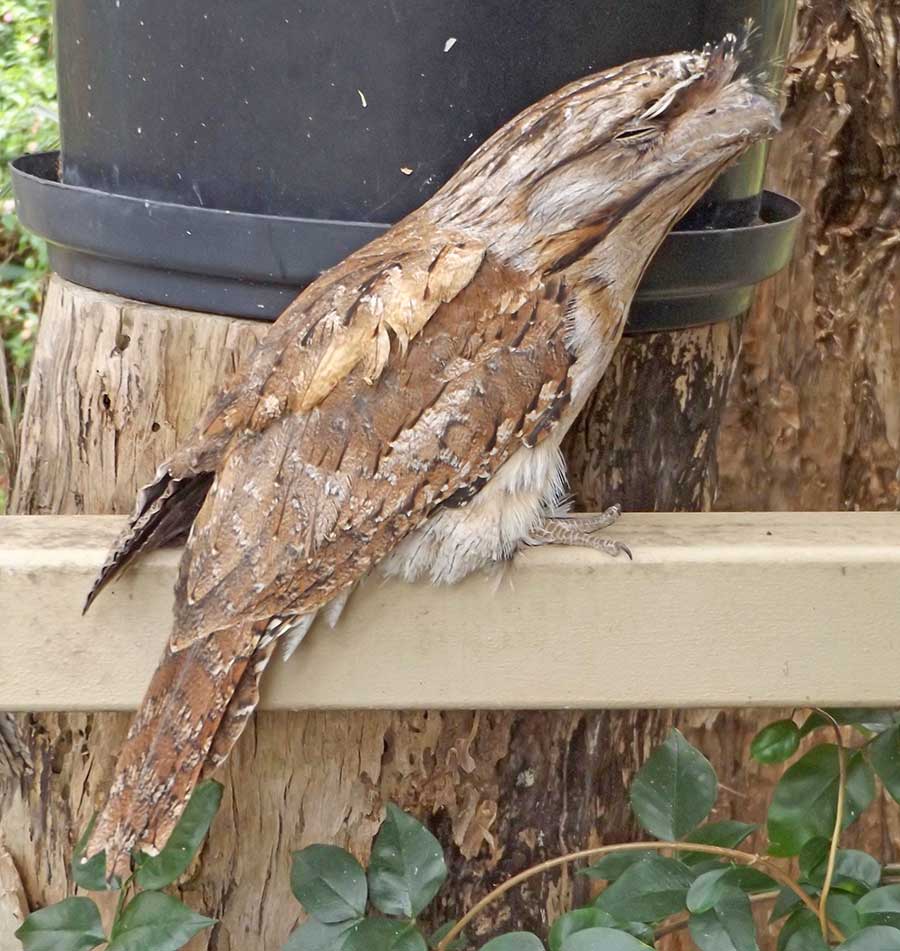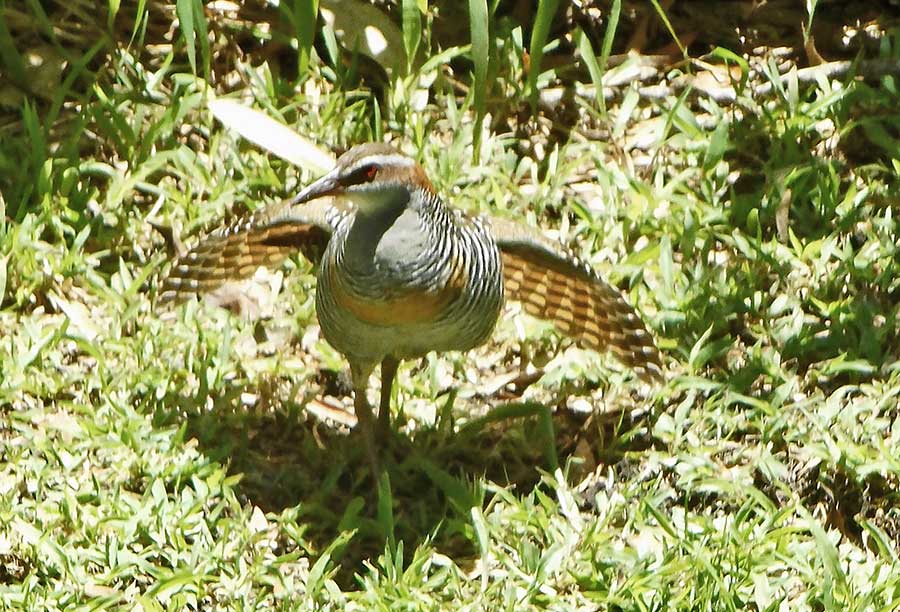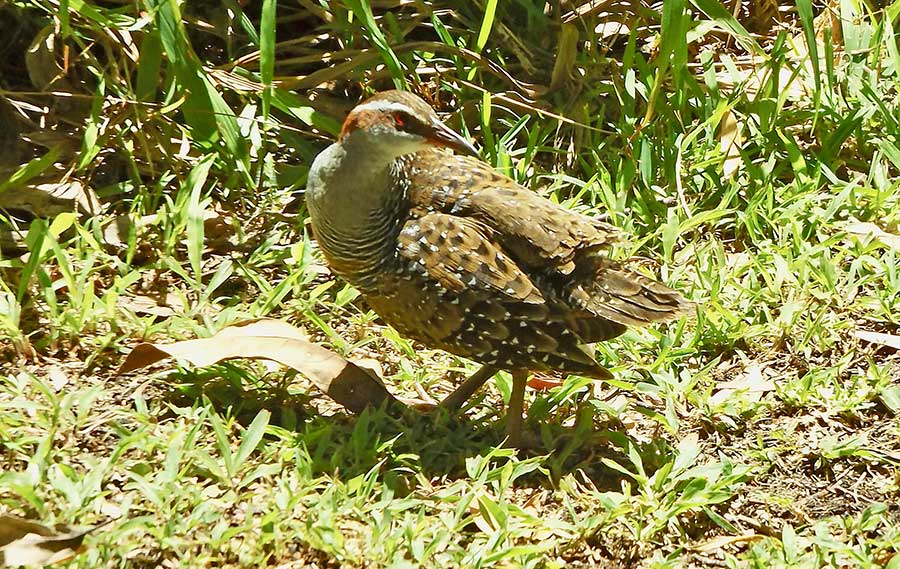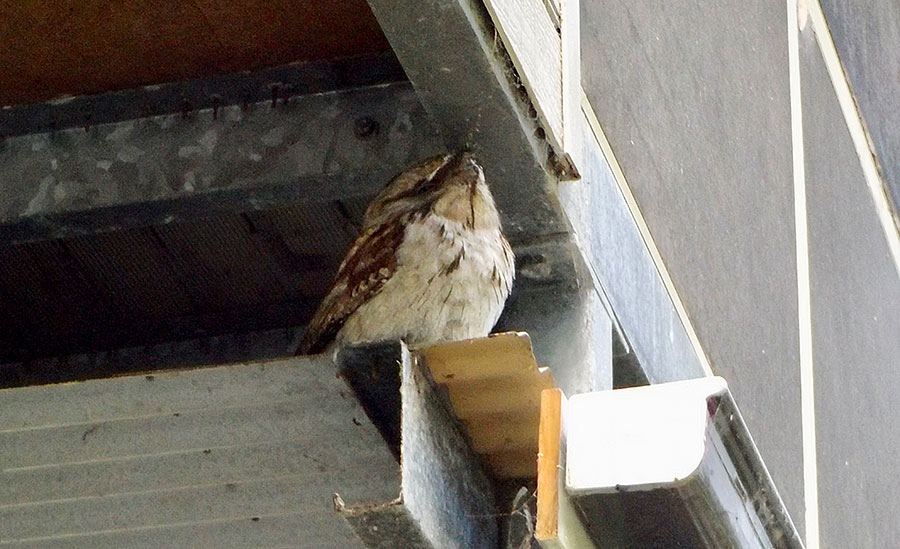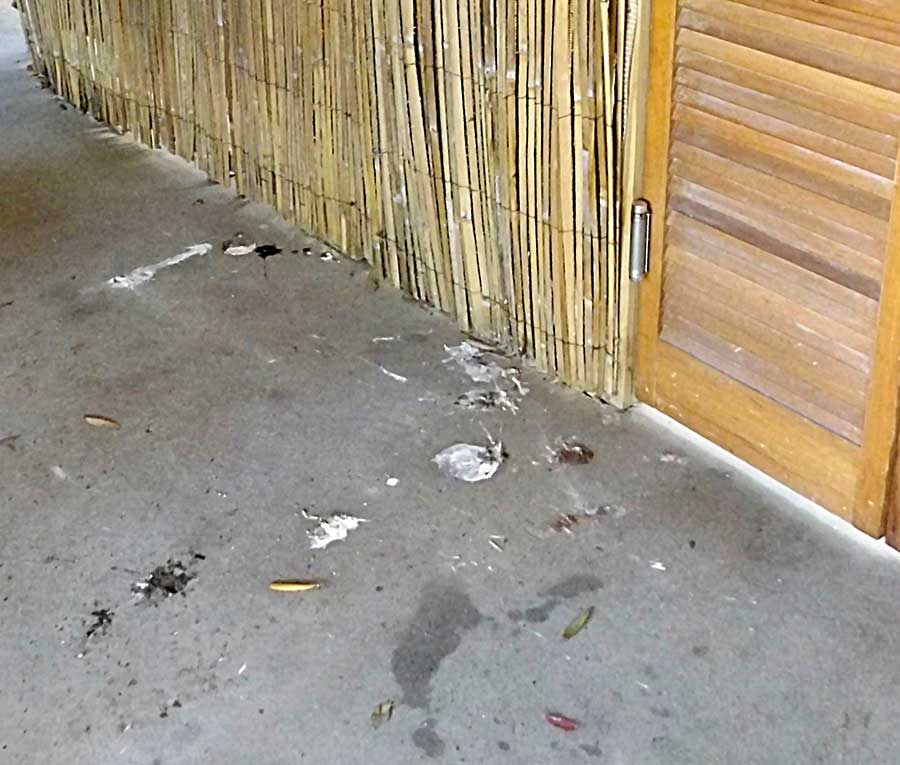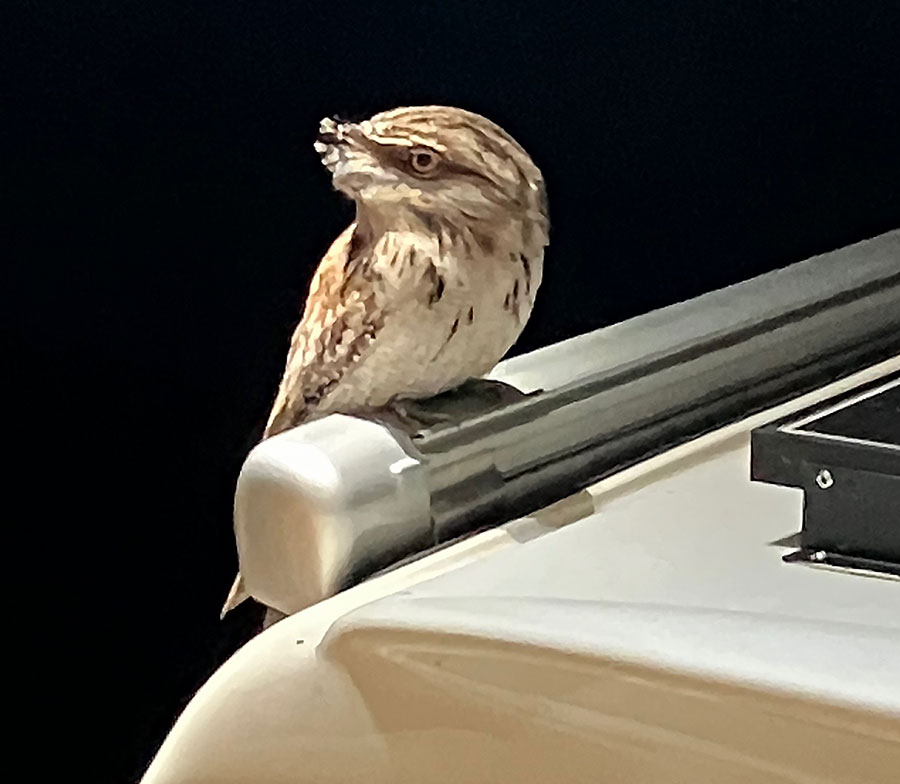Apart from that crocodile, the strangest creature I saw in Atherton was the Bush Stone-curlew (Burhinus grallarius). A pair of them seemed to live at or around my friend’s Tinaroo Lodge.
One had a brownish tinge to its chest, but I cannot discover if that denotes sex or just a stage of maturity.

They are tall and slightly creepy, with those googly yellow eyes and stiff determined walk. Also called Thick-knee, they can bend their legs backwards, for squatting on the ground.

In fact, the first time I saw them, they were doing just that, so well camouflaged I wasn’t sure I had seen them.

Mostly nocturnal, their night calls are said to be like a woman screaming, being murdered. Many legends attach to that cry, mostly to do with death. I didn’t hear it (have my hearing aids out at night), but I have listened on YouTube and indeed it does sound scary.

Right outside my studio accommodation was one of the many bird baths here, and this one especially attracted dozens of Red-browed Finches (Neochmia temporalis).
Tiny, they were constantly changing perches and tiers, popping up and peering at me, then splashing in again.

With their bright red heads and tail markings and sleek olive backs, they are very attractive, a joyful fluttering busyness to watch… if hard to photograph.

The other simpler bird bath nearby was a favourite of Yellow Robins ( Eopsaltria australis, I assumed), with an occasional visit permitted from others such as this Willy Wagtail (Rhipidura leucophrys). After all, who could refuse such a cute show-off as a Willy Wagtail?

But the avian highlight was found at sunset at Hastie’s Swamp, where a two-level bird hide allows the peaceful contemplation of thousands of water birds of many, many species, arriving and preparing to settle for the night.
It was totally their world, into which we were allowed a peek. Loved it…










